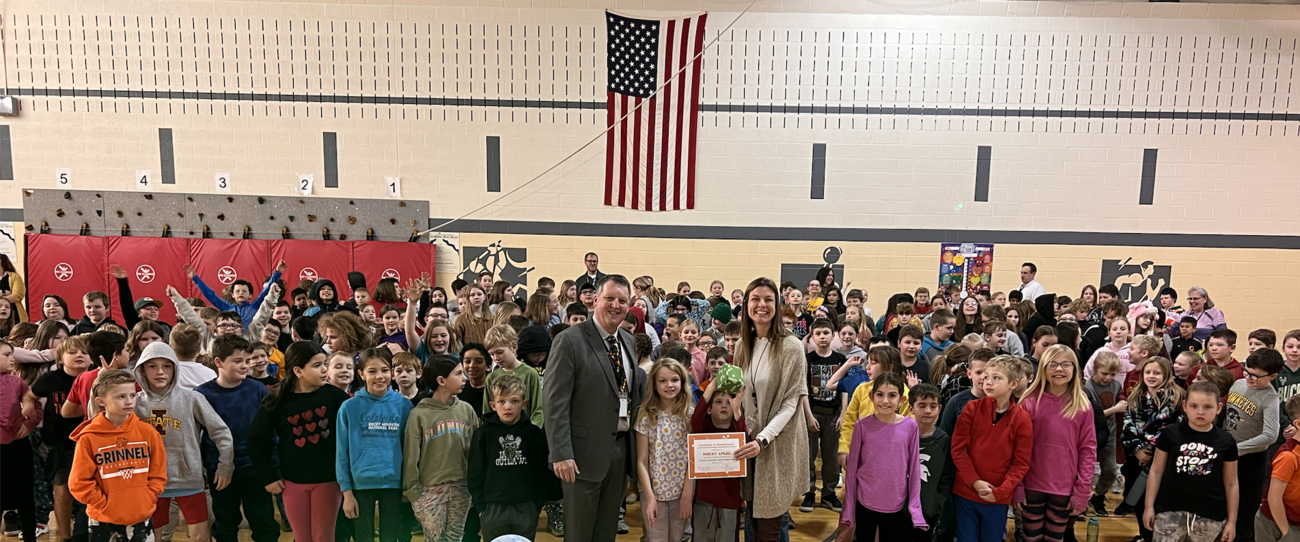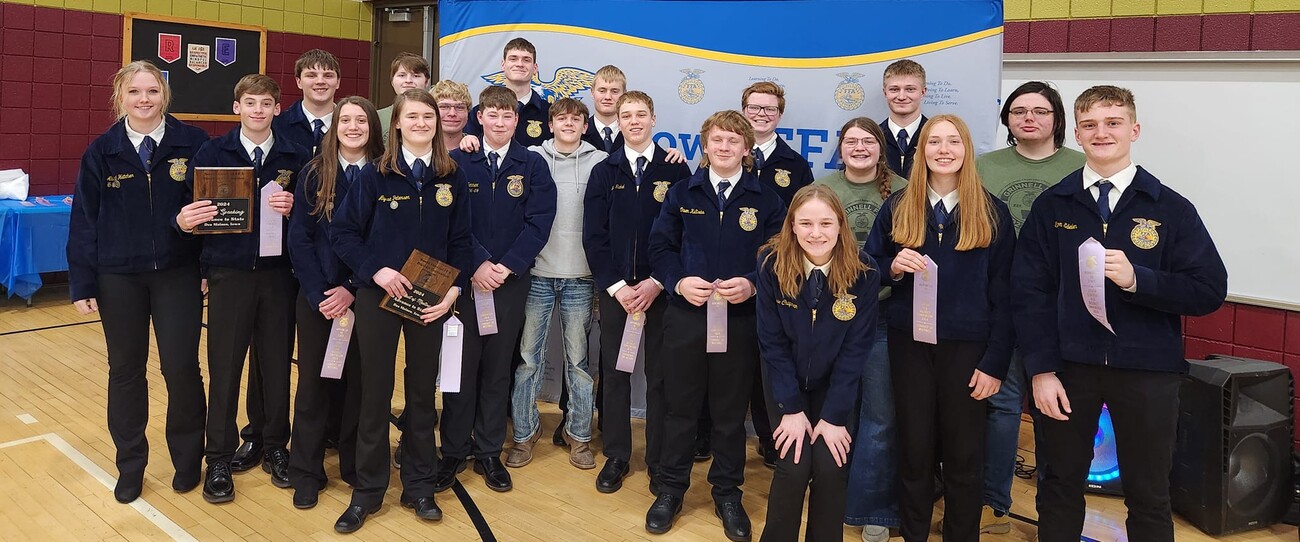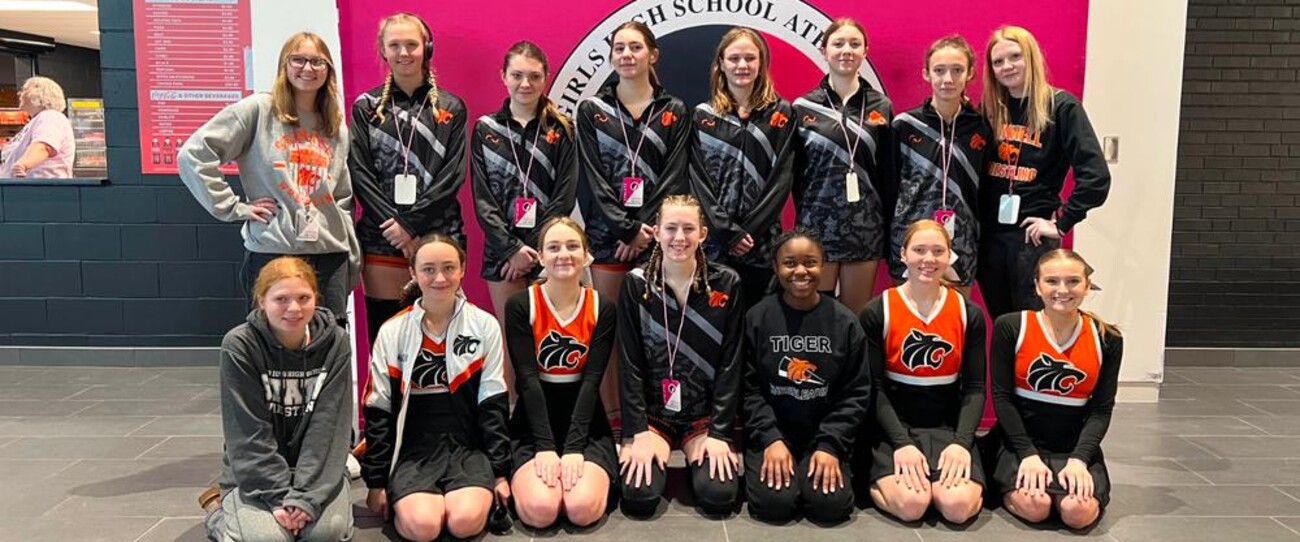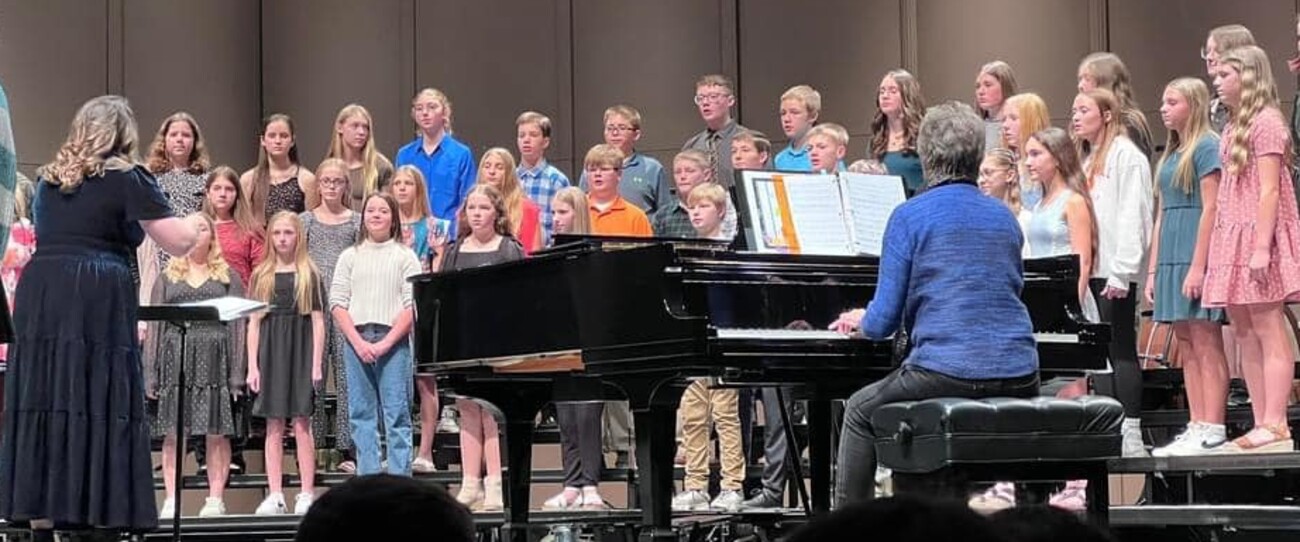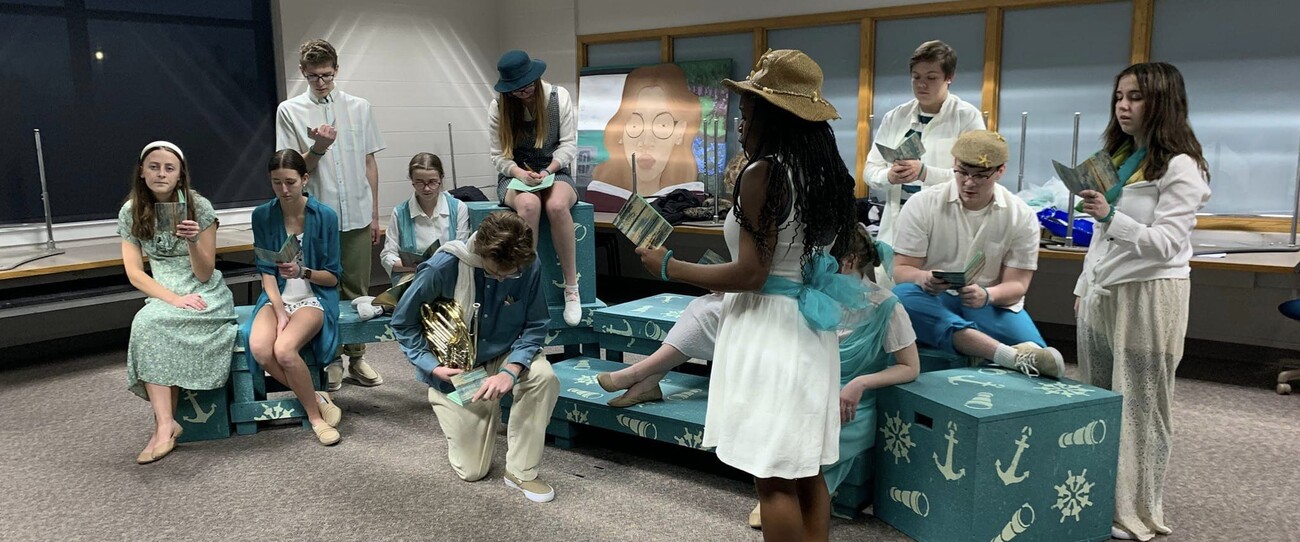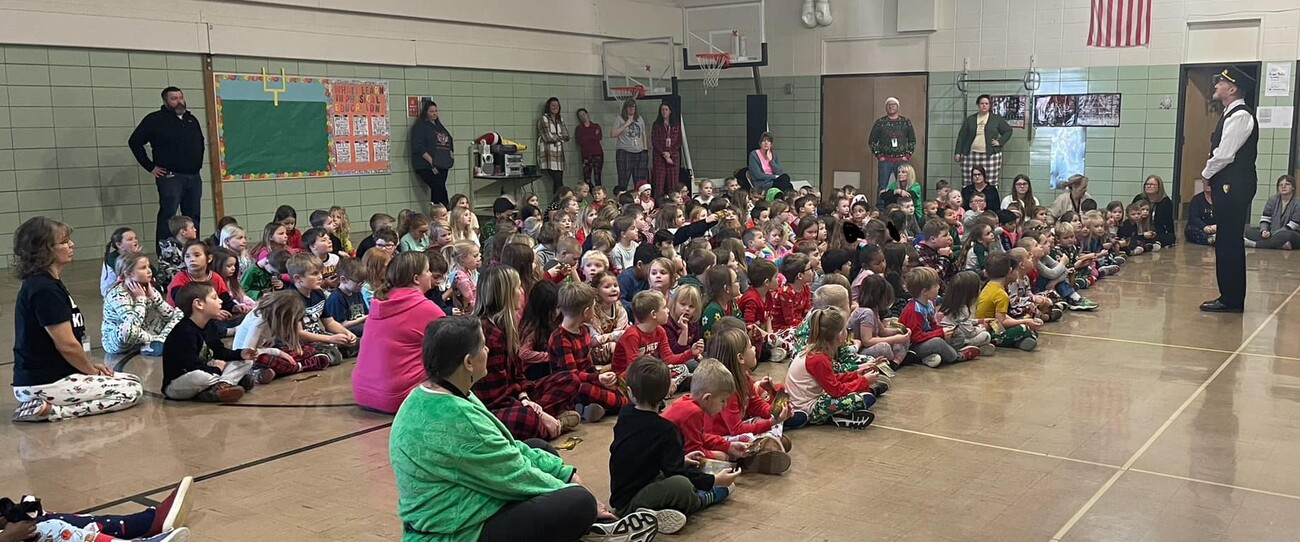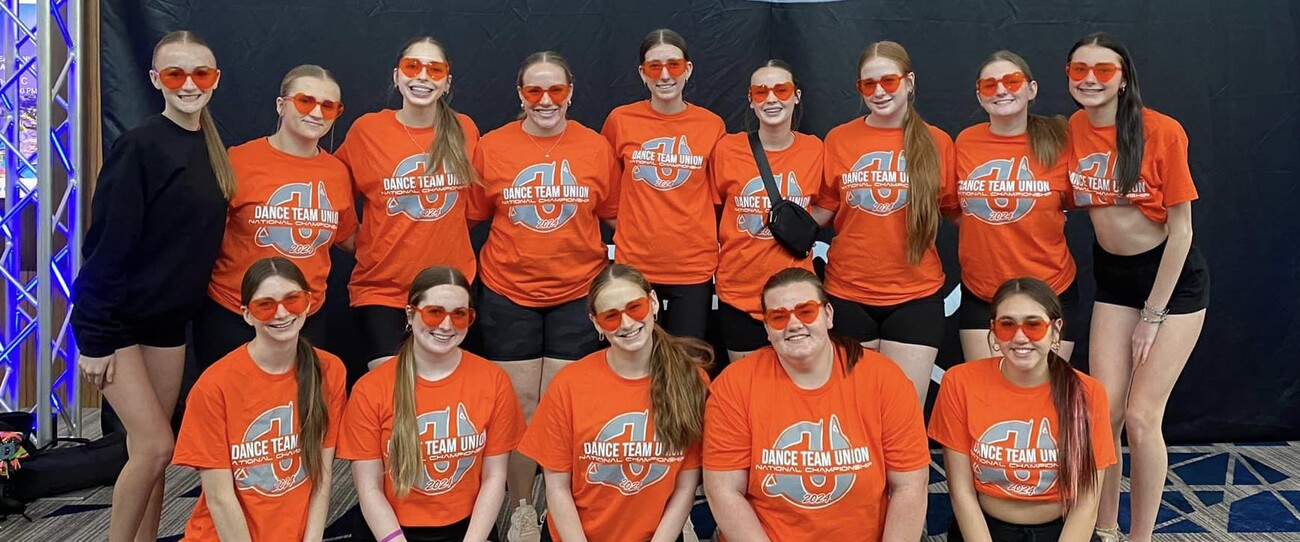PLC Meeting Process
|
1. Examine Standards. Begin with a small time element: a month, unit, chapter, or quarter. a. "Unwrap" the standard. Examine the specific learning targets for the specific time period (unit, quarter, Month, etc...) and develop a team pacing guide b. Formulate questions. i. What concepts and skills must students master as a result for your teaching during this time period (quarter, month, chapter, etc...) ii. What concepts and skills must students already have Resources: Iowa Core/MISIC bookmarks (URL), Flipbooks Documents: Unwrapping the Standard |
|||||
|
2. Use Learning targets. (and student-friendly learning targets). a. What does your year-long map (pacing guide look like? b. How will you strategically place/schedule content and concepts during the year so that students will have optimal time to understand concepts and apply skills? Resources: Documents: Pacing Calendar
|
|||||
|
3. Create a common post-assessment. This will be administered at the conclusion of the teaching time (unit, quarter, trimester, month) based on what students must master Resources: Iowa Core/MISIC bookmarks (URL), Flipbooks Documents: Unwrapping the Standard
|
|||||
|
4. Administer the common post-assessment BEFORE teaching. At this time it acts as a pre-assessment. a. What foundations do students already have? b. What knowledge, understanding, and skills do students already have about the topic that they are about to study? c. Which students are starting absolutely at square one in terms of understanding the concepts and/or applying the skills?\ d. Bring pre-assessment data to PLC Mtg. Resources: Iowa Core/MISIC bookmarks (URL), Flipbooks Documents: Unwrapping the Standard
|
|||||
|
5. Go through the five formal and definitive steps of the PLC Team process: a. Step 1 - Collect and Chart Data. This data is generated from the pre-assessment. Input data in PLC Data Organizer table with pre-assessment data. Resources: Iowa Core/MISIC bookmarks (URL), Flipbooks Documents: Unwrapping the Standard
b. Step 2 - Analyze strengths and obstacles. With actual student work or observation rubrics in hand, examine papers for what students are able to do, as well as for what is missing, What is present becomes strengths. What is missing becomes obstacles or challenges, which then become the priority - the FOCUS - for the teacher unit. What prerequisite skills are missing to get the student to learn this objective?
Resources: Iowa Core/MISIC bookmarks (URL), Flipbooks Documents: Unwrapping the Standard
c. Step 3 - Establish goals: set, review, revise. Use and exact form of goal statement to include all parts of the information needed in a SMART goal. (specific, Measurable, Achievable, Relevant, Timely) goal. Example: % of Grade 3 students scoring proficient and higher in calculating the surface area of geometric shapes will increase from 28% to 73% by the end of October as measured by a team-created assessment administered on October 30 (31 make-up date).
i. What concepts are the focuses of the specific time period (unit, quarter, trimester, month, etc...) ii. What are student intervention needs? Drastic measures requiring drastic action? iii. What strategies will you implement that will have greater impact student achievement? iv. Keeping in mind the effective teaching strategies, which techniques will you select to focus on? Which strategies will help the most students and maximize learning?
|


